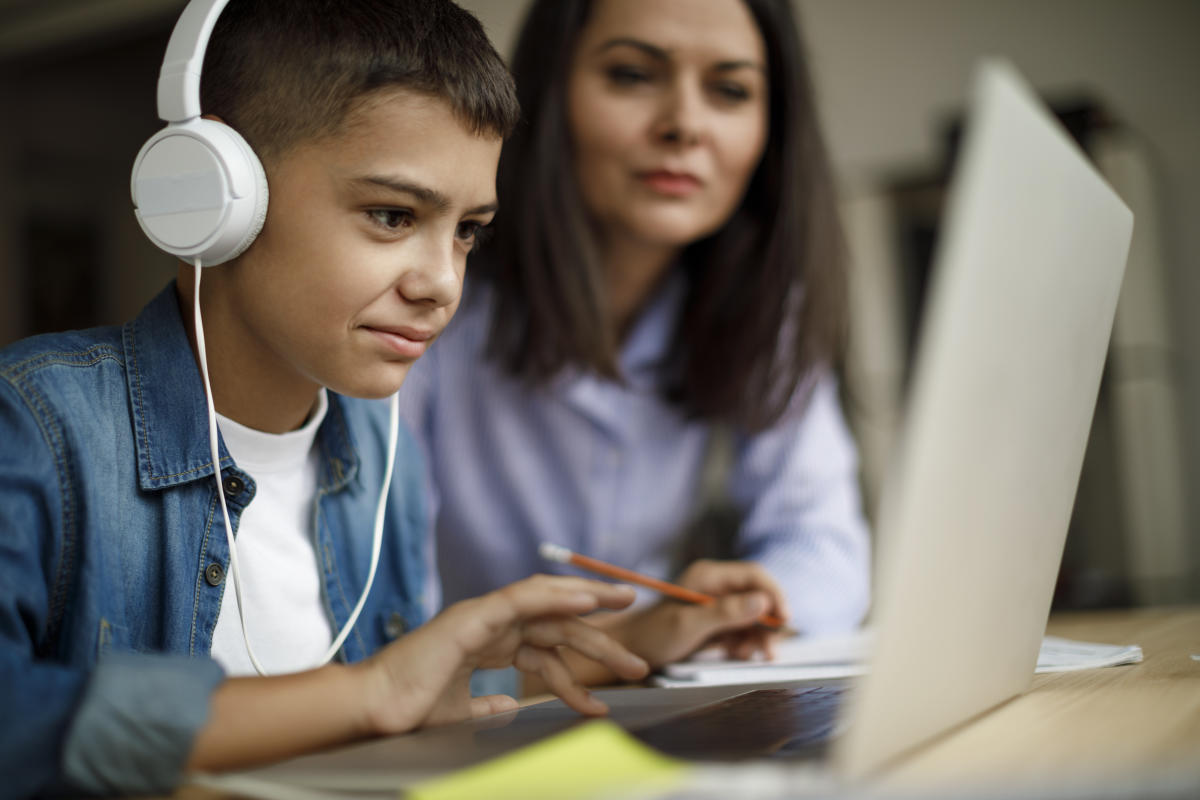There is yet more evidence that childrens wooden toys are far more beneficial than their simple design and manufacture might suggest. It has long been thought that wooden toys are excellent in promoting a child’s brain and physical development, and the new research coming out of the Centre for Early Childhood Education in the United States only strengthens those theories. While wooden toys manufactured from sustainable sources are well-known as being better for the environment than plastic, they can also boost your child’s social, creative and problem-solving skills, according to research carried out by the Centre.
Professor Jeffrey Trawick-Smith of the Centre for Early Childhood Education which is based at Eastern Connecticut University has been studying how different toys can affect a child’s behaviour. One part of this research is an analytical study of toys that elicit a good balance of play behaviours e.g. interaction, co-operation, creative use of the toy, and independent play.
Professor Trawick-Smith found that the highest-scoring toys had one thing in common: they were all simple wooden toys: hardwood blocks, a set of wooden vehicles and road signs, and wooden construction toys. These toys, while basic, were seen as promoting creativity and imagination thanks to what the professor calls their “open-ended” nature, allowing them to be used in multiple ways.
This is endorsed by Education Consultant, Maggie Moffatt Baxter. She points to the texture and grain of toys made from natural materials like wood and says these qualities encourage children to connect physically with the world around them. Moffatt Baxter goes on to suggest that “natural-material toys stimulate the learner in a more organic way by presenting more life-like, simple items for them to interact. ” And while Moffat Baxter is obviously a fan of wooden toys, she does concede that there are fantastic plastic toys on the market. She says they’re generally more complex and made for a single purpose e.g. a Barbie doll is a Barbie doll, without more uses than its intended shape and state.
On the other hand, wooden toys are open to wider interpretation and need more imagination and engagement while they’re being played with. As examples, Moffatt Baxter says simple wooden blocks can be used to make a house, or a farm, or a school. Or, a wooden car that doesn’t have batteries and lights will require a child to make the sounds of a siren and horn.
It’s all about getting the balance right. Every toy collection should have a mix of high-tech and down-to-earth. It’s a case of combining fun with learning as children play. As Professor Trawick-Smith says:
“Some toys have a powerful influence on children’s thinking, interaction with peers, and creative expression. Other toys do not. Some of the toys that look most interesting to adults are not particularly effective in promoting development.”
This is something to remember the next time you buy something for your child at your favourite online toy store.




